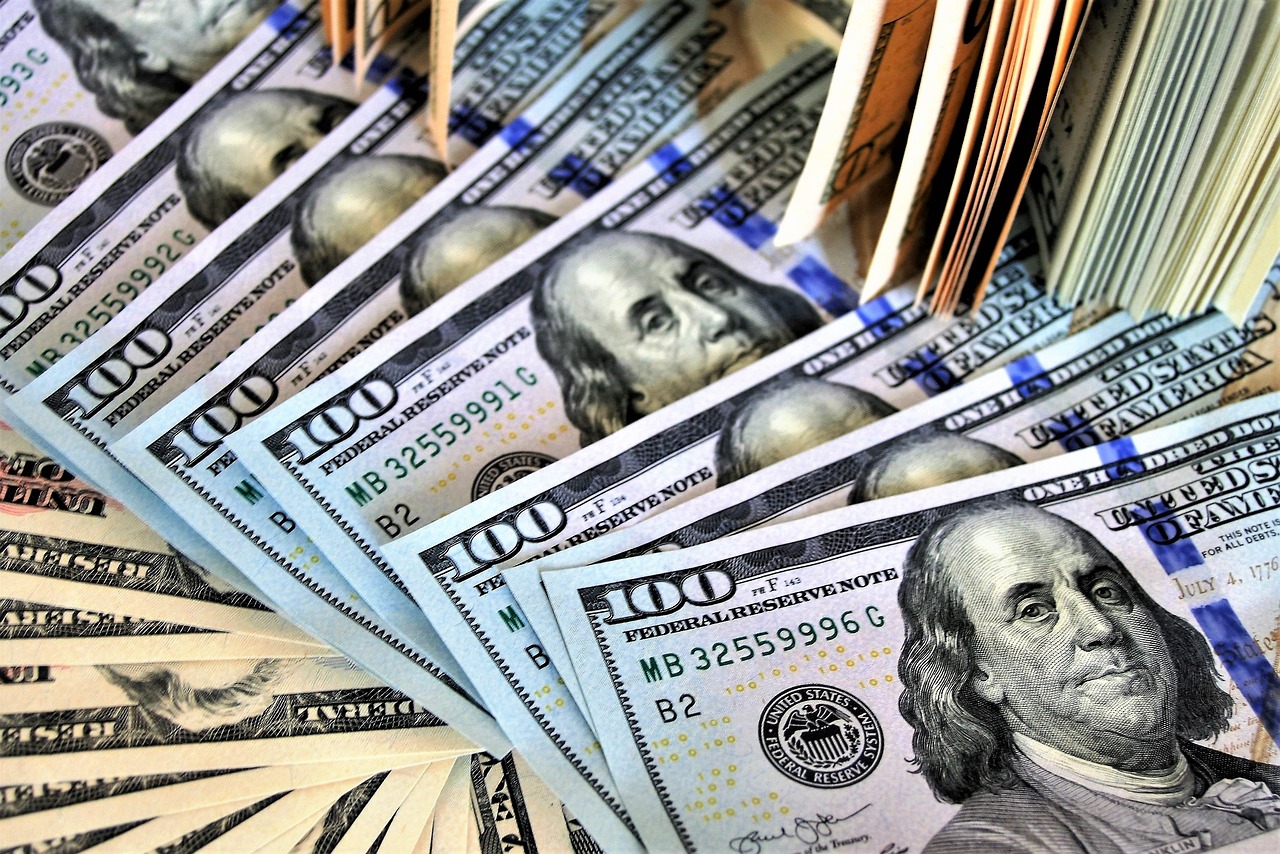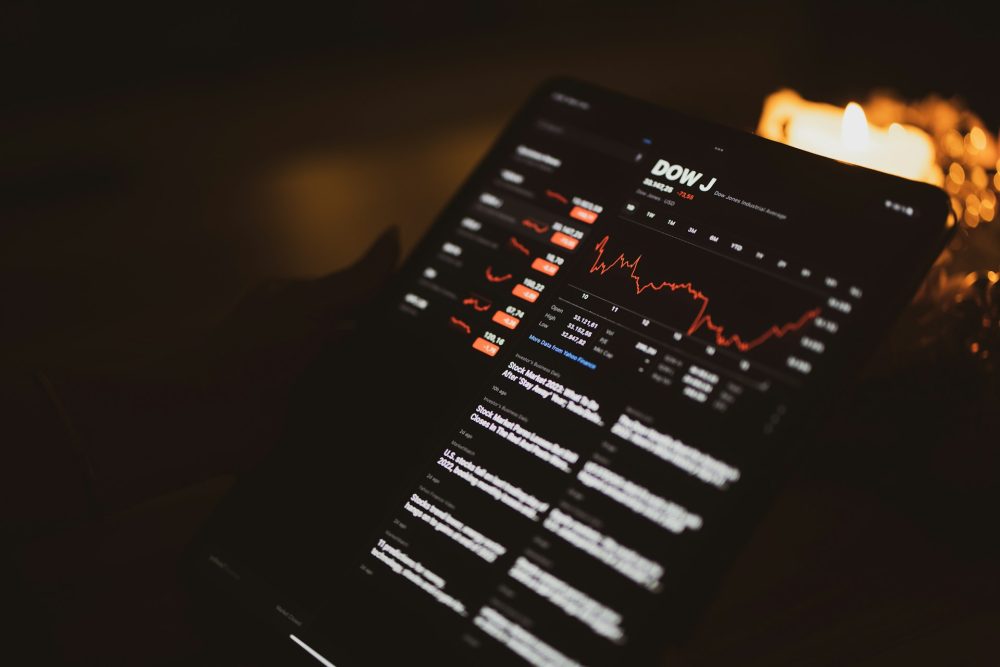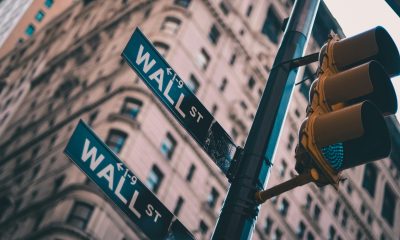Business
QE-Light Forestalls Crisis…For Now
Despite the Fed’s backstop, First Republic bank shares just plunged by 50% to reach a record low and are down 93% YTD. The troubled bank is being assailed by a $102 billion deposit flight, which puts stress on its balance sheet that is impaired by interest-only mortgage loans made to Wall Street banks. Management announced that it plans to sell up to a whopping $100 billion of its assets to raise cash.

First Quarter GDP increased at only a 1.1% seasonally adjusted annual rate. That was down from 2.6% in Q4 of last year, which was down from 3.2% during Q3. Despite the clear slowdown in economic growth, there still exists a battle between Wall Street’s soft-landing narrative, where inflation comes down in the context of robust growth. And the other, and more accurate scenario, where inflation falls because of a recession.
You just can’t get the ROC of inflation and growth to increase when money supply growth plunges from 27% in 2021 to one that is contracting by 4%, as of the latest March data.
The QE-Light is holding up the stock market
So, what is holding up the stock market? Call it QE or QE-light, but whatever you call it, the Fed printed 400 billion new dollars from March 8th to March 22nd. In essence, Powell backstopped the entire banking system with his Bank Term Funding Program (BTFP). This program acts like QE in the short term, giving these banks needed reserves. However, in the longer term, this isn’t QE at all; because this new bank credit is just a loan that must be paid back in one year with interest. And the simple fact is that a loan isn’t the same as receiving a gift. If I take out a loan to buy a house, I have to put aside money each month to service the debt and pay back the principal—this is especially true if I have to pay back the loan in one year. But if you simply hand me money to buy a house, my behavior will be much different. But very recently, the BTFP has been offset by the ongoing QT program. The Fed’s balance has shrunk by $140 billion in the past four weeks.
Rate hikes work with long and variable lags. Don’t forget, rate hikes didn’t even start until March last year. Therefore, 500 basis points of rate hikes in one year in conjunction with QT should vastly begin to negatively affect the economy before the end of this year. The BTFP program only served to delay this process. The coming recession is evidenced by the inverted yield curve, tumbling Index of Leading Economic Indicators, negative money supply growth, tightening lending standards, stubbornly-high inflation, and falling real wages…just to name a few.
Therefore, the same rate hikes that caused risk-free Treasury bonds to turn banks’ balance sheets upside down is also in the process of injuring other bank assets such as; Junk Bonds, Leveraged Loans, Private Equity, MBS, Auto loans, CC loans, personal loans, Equity lines of credit etc.
Record money printing leads to record debt, record asset bubbles engender record-high inflation, and when the Fed is forced to combat that inflation, it causes these same asset bubbles to collapse.
So no, you don’t have to be a hyperbolic perma-bear to compare today’s crisis with that of the Global Financial Crisis (GFC) of 2008. In fact, today’s overleveraged economy is much worse than any other bubble-liscious period in history. In the three years prior to the GFC, total public and private debt in the US jumped by 27%, or by $7.3T, rising from $26.2T to $ 33.5 T. And, total non-financial debt as a percent of GDP reached 227%. The debt situation that exists today is worse than ever before. During the last three years, total US debt jumped by 26%, or by $14.4T, while nominal debt soared from $54.5T to $ 68.9 T. Most importantly, total non-financial debt as a percent of GDP is now at a much greater 263%! This debt constructed unprecedented and, for the first time in history, concurrent asset bubbles in fixed income, real estate, and equities. The most hawkish monetary tightening regime ever will not gracefully deflate these bubbles.
If the Fed didn’t guarantee banks’ assets with the BTFP after the collapse of Signature Bank and Silicon Valley Bank, a good part of the US financial system would have gone all Lehman Brothers by now.
But despite the Fed’s backstop, First Republic bank shares just plunged by 50% to reach a record low and are down 93% YTD. The troubled bank is being assailed by a $102 billion deposit flight, which puts stress on its balance sheet that is impaired by interest-only mortgage loans made to Wall Street banks. Management announced that it plans to sell up to a whopping $100 billion of its assets to raise cash—about half of its total assets; systemic is the word that comes to mind. Of course, this will certainly put more downward pressure on these same assets, not only ultra-low-interest mortgages whose principal does not get paid back, but all other risky and inane loans made throughout the banking system when the cost of money was free.
Thus, the issues in the banking system are not idiosyncratic and have not been resolved at all. Indeed, the incipient recession promises that they have only just begun.
__
(Featured image by pasja1000 via Pixabay)
DISCLAIMER: This article was written by a third party contributor and does not reflect the opinion of Born2Invest, its management, staff or its associates. Please review our disclaimer for more information.
This article may include forward-looking statements. These forward-looking statements generally are identified by the words “believe,” “project,” “estimate,” “become,” “plan,” “will,” and similar expressions. These forward-looking statements involve known and unknown risks as well as uncertainties, including those discussed in the following cautionary statements and elsewhere in this article and on this site. Although the Company may believe that its expectations are based on reasonable assumptions, the actual results that the Company may achieve may differ materially from any forward-looking statements, which reflect the opinions of the management of the Company only as of the date hereof. Additionally, please make sure to read these important disclosures.

-

 Crypto5 days ago
Crypto5 days agoTether Targets $500 Billion Valuation in Landmark Funding Push
-

 Markets3 hours ago
Markets3 hours agoDow Jones Strength Faces Risk From a Potential Yen Carry Trade Unwind
-

 Crypto2 weeks ago
Crypto2 weeks agoXRP Poised for a Breakout: Why 2026 Could Finally Deliver the Growth 2025 Delayed
-

 Business1 week ago
Business1 week agoPrecious Metals’ Bull Market Continues
























